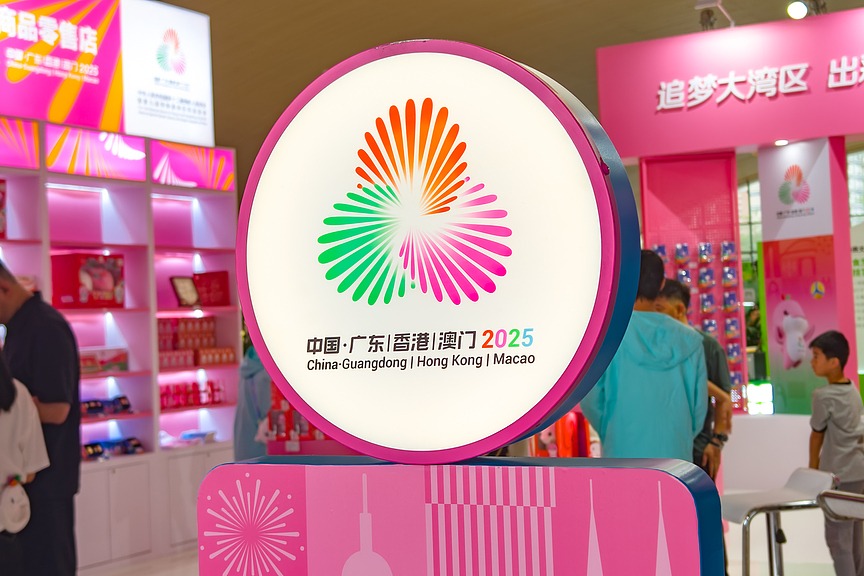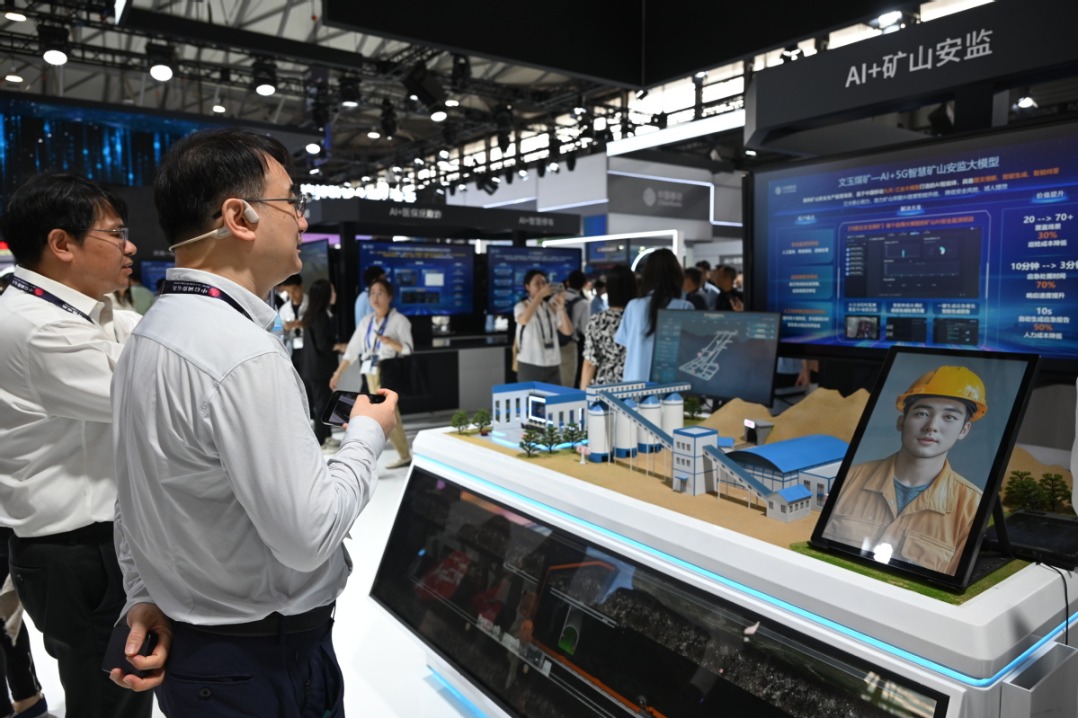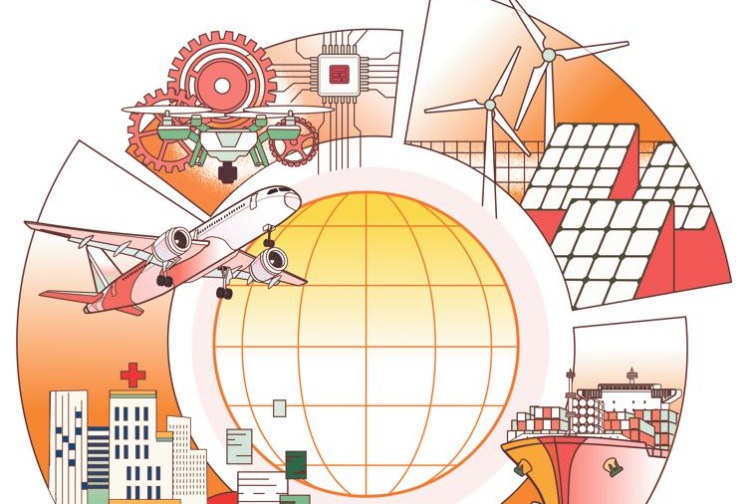A new turf for collaboration


The untapped potential of Southeast Asia's blue economy warrants multilateral collaboration
While widely acknowledging the blue economy as the upcoming driver of sustainable economic development for the Association of Southeast Asian Nations in pursuit of the United Nations 2030 Agenda for Sustainable Development, the ASEAN Blue Economy Framework undeniably stands out as a timely blueprint for the regional bloc to advance the blue economy. The huge untapped economic potential of ASEAN water resources are well positioned to enhance regional economic integration both inclusively and sustainably, albeit not without challenges.
Despite that blue economy's contribution to the GDP of the member states of ASEAN varying widely, ranging from 1 percent to as high as 30 percent, the ASEAN Leaders' Declaration on the Blue Economy set the right tone with foresight at the ASEAN Summit in 2021, amid the pandemic-induced economic headwinds. The framework, prioritized as one of the economic deliverables under Indonesia's 2023 ASEAN chairmanship, sets out to move the blue economy in the region from the current sectoral approach to a multilateral, integrated and participatory approach at multiple levels in ASEAN.
According to PPN/Bappenas, the National Development Planning Agency of Indonesia, ASEAN waters, making up about 2.5 percent of the world's oceans, contribute about 15 percent to the global fisheries, while providing a vast source of employment to approximately 625 million people in the related sectors.
An Organization for Economic Cooperation and Development report portrays a promising scenario where the value-added global ocean economy's output could double from $1.5 trillion in 2010 to over $3 trillion in 2030.
Taking cognizance of the geographical edge that water makes up over 66 percent of the ASEAN region, alongside the centrality of ASEAN in the Regional Comprehensive Economic Partnership, the relatively underdeveloped blue economy in Southeast Asia is set to soar in the RCEP tailwind, if the complementarity between this 15-nation collective free trade agreement and the ASEAN Blue Economy Framework can be strategically harnessed.
The tailwind is further compounded by the China-ASEAN blue economy cooperation, which is one of the important goals set forth in the China-ASEAN Strategic Partnership Vision 2030.
In this context, China remains proactive in engaging with ASEAN on blue economy initiatives. Its experience and expertise in such sectors as shipbuilding, fishery and aquaculture management, maritime logistics, port construction and management, to cite just a few, are sufficient to empower its Southeast Asian neighbors to build up their respective blue economy architecture.
Capacity building and upskilling remain the common challenges to the bloc's aspiration to develop a sustainable blue economy. The China Institute for Reform and Development has hit the nail on the head by conducting inaugural training courses for stakeholders from China and ASEAN. More industrial players and entrepreneurs are anticipated to take up the offer. Perhaps, more courses should also be conducted outside China, with specific target sectors and enterprises identified.
Drawing from the past experience of collaboration in the infrastructure development projects in ASEAN under the auspices of the Belt and Road Initiative, the development of the multi-sector blue economy makes an ideal fit for the Chinese-sponsored Global Development Initiative in the region. While the sharing of hard skills is imperative for the development of the blue economy, confidence building is by no means to be neglected. More so, in the midst of the widening trust deficit across the world.
Of the myriad anticipated challenges, the finance gap confronting the bloc's endeavor is set to be the major hurdle to cross. While hailing the inception of the Blue SEA(Southeast Asia) Finance Hub in November 2021 under the Asian Development Bank's Oceans Financing Initiative, the flow of capital from both the public and private sources into the identified blue projects will largely depend on the "investability" of the individual projects.
In this context, the Finance Hub promised to help ASEAN countries develop and finance blue projects with a target of creating bankable projects worth $300 million by 2024, funded by the ADB to catalyze a multiple of at least three times the capital from other sources, including development financial institutions, philanthropies, and private, institutional and commercial financiers.
This reminds us of the uncertainties confronting the infrastructure development projects which are influenced by investors' interests under the framework of the Partnership for Global Infrastructure and Investment and the Global Gateway. Both were designed to rival the Chinese-initiated BRI. Yet, their traction and headway remain unimpressive.
All in all, the blue economy is an emerging multi-sector economic turf that warrants multilateral collaboration to better manage the many aspects of oceanic sustainability, ranging from sustainable fisheries to ecosystem health to preventing pollution.
Against the prevailing backdrop of rising geopolitical tension across the world, this is indeed an undisputed tall order to the sagging global governance.
Nonetheless, the intangible returns accrued from a sustainable blue economy appear enormous and are stretching far beyond the direct contribution to a nation's GDP. The social and economic benefits brought to current and future generations will significantly contribute to addressing such concerns as food security, livelihoods, poverty eradication and health. All these constitute the achievable deliverables under a coherent system of global governance where all nations are allowed to be seated at the table, leaving no one on the menu. This runs contrary to the binary-choice remarks made by US Secretary of State Anthony Blinken.
Having taken the world by storm with its successive roll-out of global endeavors, ranging from the BRI to the three global initiatives, all eyes, notably those of the Global South, have naturally turned to China.
Will reshaping the paradigm of the blue economy stand out as another opportunity for China to offer a public good, such as the BRI, is perhaps everybody's guess.
The author is president of the Belt and Road Initiative Caucus for the Asia-Pacific and former transport minister of Malaysia. The author contributed this article to China Watch, a think tank powered by China Daily.
The views do not necessarily reflect those of China Daily.
Contact the editor at editor@chinawatch.cn.































